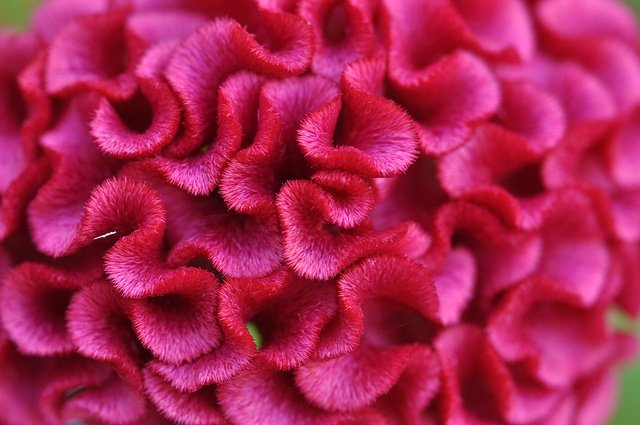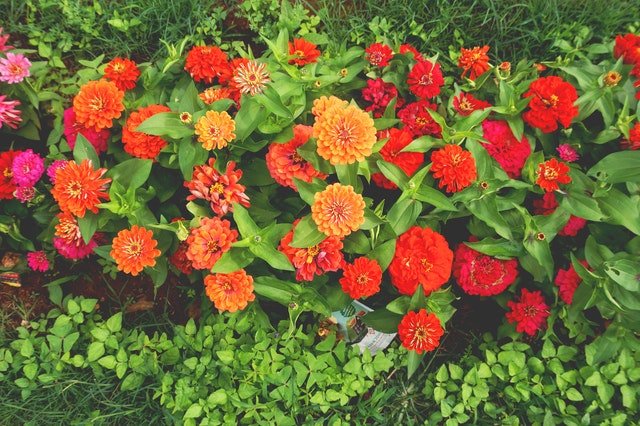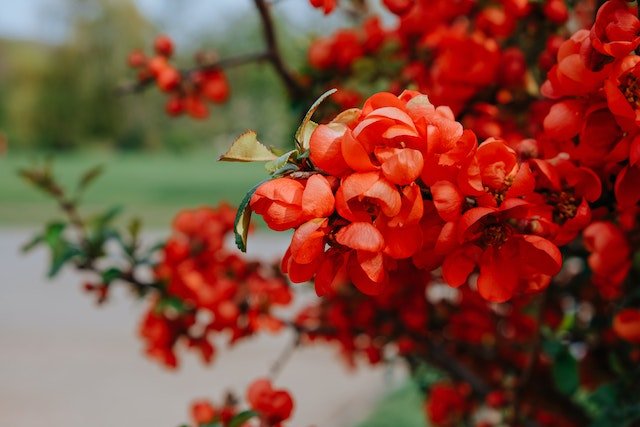Basalt rock dust and azomite are both natural mineral products that offer beneficial effects for plants and soil. Having both derived from volcanic sources, there’s a debate and confusion between basalt rock dust vs azomite, as to which gardeners need to invest in. From effectiveness to cost-friendliness, we are going to investigate everything plant enthusiasts need to know about basalt and azomite. So let’s explore!
Table of Contents
Azomite vs Basalt: Similar But Different
Although azomite and basalt share a few same traits, these two rock minerals are not the same.
Azomite

Azomite is a volcanic ash that has undergone extensive transformation over millions of years. It is rich in a wide range of trace minerals, such as manganese, boron, copper, zinc, and molybdenum–and all are essential for the plant’s metabolic process and health.
Basalt

On the other side, basalt is an igneous rock that formed from solidified lava or magma. It contains essential macro and micronutrients such as calcium, iron, magnesium, silicon, potassium, and phosphorus. Meanwhile, it’s unlikely for azomite to contain these beneficial elements. Basalt rock dust, derived from finely ground basalt rock, provides the same minerals as regular basalt to the soil, only differing in texture. Like azomite, basalt is also of volcanic origin.
Similarities and differences between basalt rock dust vs azomite
Now, we move to the similarities and differences between basalt rock dust vs azomite. As stated before, although both products offer a broad spectrum of minerals, basalt, and azomite contain different trace elements. This makes basalt rock dust more excellent when it comes to addressing broader nutrient deficiencies in the soil.
However, gardeners need to note that the choice between these two volcanic rock minerals also depends on the specific needs of the soil and plants themselves.
The War of Basalt vs Azomite: Which Provides Better Plant Growth and Development?

The choice between basalt rock dust vs azomite ultimately depends on various things. These include the plant’s specific requirements, soil conditions, and the gardener’s personal goal. Basalt rock dust, thanks to its macro and micronutrients, serves as a more versatile soil amendment. It is also more suitable for a wide range of plants and usually can be used in traditional gardening practices and various soil types.
Unlike basalt rock dust, azomite stands out with its abundance of trace elements. It provides specialized supplementation that can benefit plants too, especially for plants with known trace elements deficiencies. However, azomite is more suitable for specialized crops and areas where trace elements are needed. It may not be an ideal choice for hydroponics where precise nutrient control is essential. Nonetheless, there are water-soluble options for azomite that can be used in soilless cultivation.
Would Basalt Rock Dust Outperform Azomite?
When comparing basalt rock dust vs azomite, it’s not easy to definitively conclude that one would perform another. First, both basalt rock dust and azomite can contribute to enhancing soil structure by improving soil aggregation and water retention.
Regarding drainage, basalt is superior in improving soil permeability and reducing compaction, thus facilitating better drainage. Azomite, while not directly affecting drainage, still contributes to overall plant health and vigor. Thus, it can indirectly impact root growth and water uptake.
Cost-effectiveness, which is also important so gardeners don’t need to break the bank, also varied depending on availability, purchase location, and specific application rates. Generally, basalt rock dust is often more widely available and can be more cost-effective due to its nutrient content. Azomite may cost more due to its unique trace element composition. Luckily, budget-friendly azomite such as Root Naturally Azomite Rock Dust, costs around $30.
Comparing the Triumphs in pH Regulation of Basalt Rock Dust vs Azomite
Both basalt and azomite are rock minerals that can be added to the potting soil. So how do they affect the soil’s pH? Basalt rock dust typically has a neutral to slightly alkaline pH, which can help to raise the soil’s pH if applied in acidic soil. This can be beneficial for plants that prefer a more neutral or slightly alkaline environment, such as tomatoes, cabbage, pepper, and broccoli. Meanwhile, azomite itself is alkaline and may not significantly affect the pH of naturally acidic soil.
Is It Safe To Use Basalt and Azomite at the Same Time?
When considering soil amendments, everybody’s a winner in the war of basalt rock dust vs azomite. So yes, gardeners can use azomite and basalt together in gardening or agricultural applications. Since they offer different mineral compositions and benefits, combining them can provide a better nutrient intake for plants and overall soil health.
However, there is no one-fits-all approach to how much gardeners should use these two. This is because the use of basalt and azomite as soil amendments vary depending on the soil conditions themselves and the plant requirements to grow. But as a general guideline, we recommend using a higher amount of basalt as it provides a broader range of macro and micronutrients. A typical starting point could be a ratio of around 4 parts of basalt and 1 part of azomite.
When Much is Too Much: What is the Side Effect of Using Too Much Basalt and Azomite?
Finding the appropriate application of basalt rock dust vs azomite is predominant to prevent potential harm to plants. Although being rich in trace minerals and nutrients, the overapplication of basalt and azomite can result in nutrient imbalances and may adversely affect the plant’s growth. It could also alter the soil’s pH, disrupting the natural balance and potentially impacting beneficial microbial activity.
Basalt vs Glacial Rock Dust: How Good is Glacial Rock Dust Compared With Basalt and Azomite?
Unlike basalt and azomite, glacial rock dust, as the name states, is derived from ancient glaciers. One of the advantages of glacial rock dust is its wide range of minerals and trace elements, similar to azomite. However, it tends to have a more balanced composition.
Nonetheless, glacial rock dust has some limitations compared to basalt rock dust and azomite. First, it may lack certain nutrients that are present in basalt and azomite. Next, the availability and sourcing of glacial rock dust are more limited and localized, unlike basalt and azomite which comes from volcanoes, making it less accessible for some gardeners.
Why Choosing Between Basalt Rock Dust vs Azomite Doesn’t Have to Be Complicated
Picking between basalt rock dust vs azomite to use is not a difficult decision. If your plants require a broader spectrum of essential nutrients, opt for basalt. On the other hand, if you’re targeting more specific trace elements or seeking a specialized supplement, azomite can be a suitable choice.

New author in the hood. Loves gardening and flowers are my spirit animals (yes I know they are not animals but I insist). I will be covering most of the flowers’ topics here and occasionally random though as well.






